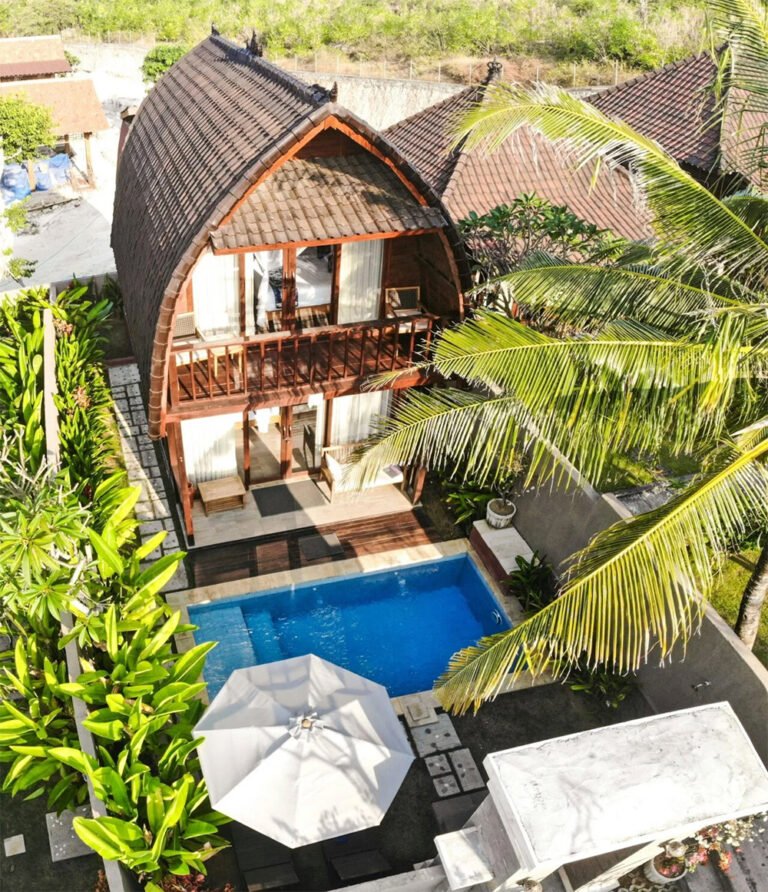Energy Efficient Buildings
Shaping the Future of the Construction Industry

Energy-Efficient Buildings
Shaping the Future of the Construction Industry
As the world grapples with climate change and rising energy costs, the construction industry is stepping up to the challenge by prioritizing energy-efficient buildings. These structures are designed to minimize energy consumption, reduce environmental impact, and provide comfortable, sustainable spaces for occupants. From residential homes to commercial complexes, energy-efficient buildings are becoming the new standard in construction, offering both environmental and economic benefits.
What Are Energy-Efficient Buildings?
Energy-efficient buildings are designed and constructed to use less energy for heating, cooling, lighting, and other operations while maintaining optimal comfort and functionality. This is achieved through a combination of smart design, advanced materials, and innovative technologies that work together to reduce energy waste and maximize efficiency.
Key Features of Energy-Efficient Buildings
High-Performance Insulation
Proper insulation in walls, roofs, and floors helps maintain indoor temperatures, reducing the need for excessive heating or cooling.Energy-Efficient Windows
Double or triple-glazed windows with low-emissivity (Low-E) coatings minimize heat transfer, keeping interiors cool in summer and warm in winter.Smart HVAC Systems
Modern heating, ventilation, and air conditioning (HVAC) systems are designed to use less energy while maintaining comfortable indoor environments.LED Lighting and Smart Controls
Energy-efficient LED lighting, combined with motion sensors and automated controls, ensures that lights are only used when needed.Renewable Energy Sources
Solar panels, wind turbines, and geothermal systems are increasingly integrated into buildings to generate clean, renewable energy on-site.Sustainable Building Materials
Using eco-friendly materials, such as recycled steel, bamboo, and low-VOC paints, reduces the environmental impact of construction.Water-Efficient Fixtures
Low-flow faucets, showerheads, and dual-flush toilets help conserve water, further enhancing the building’s sustainability.
Benefits of Energy-Efficient Buildings
Lower Energy Bills
By reducing energy consumption, these buildings significantly cut utility costs for homeowners and businesses.Reduced Environmental Impact
Energy-efficient buildings produce fewer greenhouse gas emissions, helping combat climate change and preserve natural resources.Improved Comfort and Health
Better insulation, air quality, and temperature control create healthier and more comfortable living and working environments.Increased Property Value
Energy-efficient buildings are in high demand, often commanding higher resale values and attracting environmentally conscious buyers.Compliance with Regulations
Many governments and municipalities are introducing stricter energy codes and incentives for sustainable construction, making energy efficiency a smart choice for future-proofing buildings.
The Role of Technology in Energy-Efficient Construction
Advancements in technology are driving the adoption of energy-efficient practices in the construction industry. Building Information Modeling (BIM), for example, allows architects and engineers to design structures with optimal energy performance. Smart home systems and IoT-enabled devices enable real-time monitoring and control of energy use, while renewable energy technologies are becoming more affordable and accessible.
The Future of Energy-Efficient Buildings
As awareness of environmental issues grows, the demand for energy-efficient buildings is expected to rise. Governments, businesses, and homeowners are increasingly recognizing the long-term benefits of sustainable construction. In the future, we can expect to see even more innovative solutions, such as net-zero energy buildings that produce as much energy as they consume, and self-sustaining smart cities powered entirely by renewable energy.
Conclusion
Energy-efficient buildings are no longer just a trend—they are a necessity for a sustainable future. By incorporating energy-saving features and technologies, the construction industry can reduce its environmental footprint, lower operating costs, and create healthier, more comfortable spaces for people to live and work. Whether you’re planning a new construction project or renovating an existing building, embracing energy efficiency is a smart investment that benefits both the planet and your wallet.
As the construction industry continues to evolve, energy-efficient buildings will play a crucial role in shaping a greener, more sustainable world.
Why Choose Us?
- Experienced Team: Skilled professionals dedicated to quality and excellence.
- Sustainable Practices: Eco-friendly materials and mindful construction methods.
- Tailored Solutions: Every project is customized to your unique needs and vision.
- On-Time Delivery: We respect your time and budget, delivering exceptional results on schedule.
Ready to start your project? Contact DIMO Construction today and let’s build something extraordinary together.

